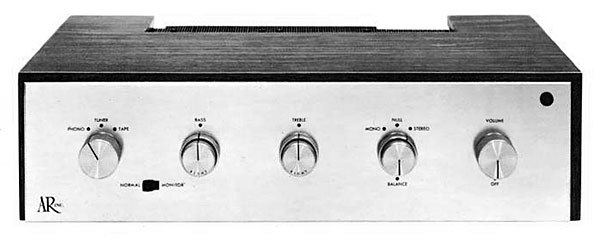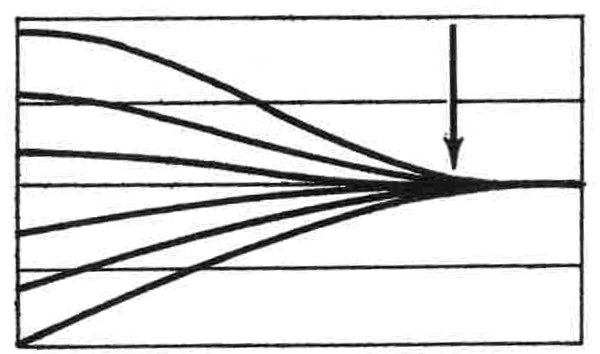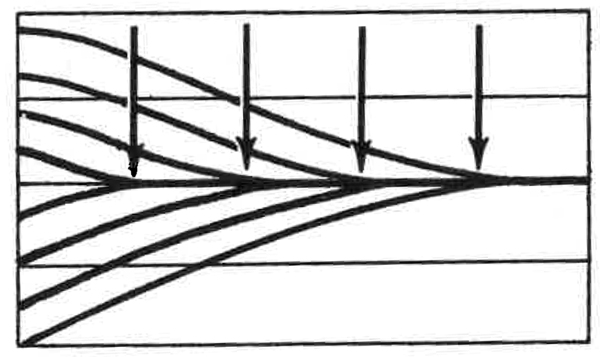| Columns Retired Columns & Blogs |
I really wanted to get one of those back in the day, but couldn't afford it as a starving student. Got a Nikko instead, of which the less said the better though it was greatly improved after being the subject of a reconstruction project by an EE roommate.











































